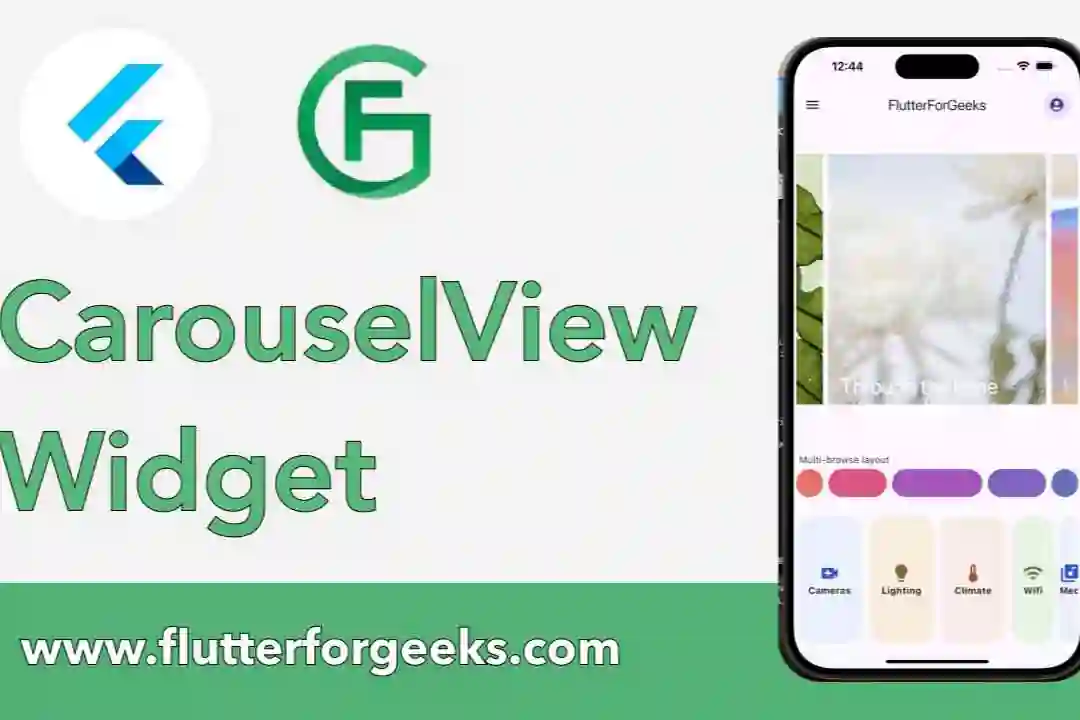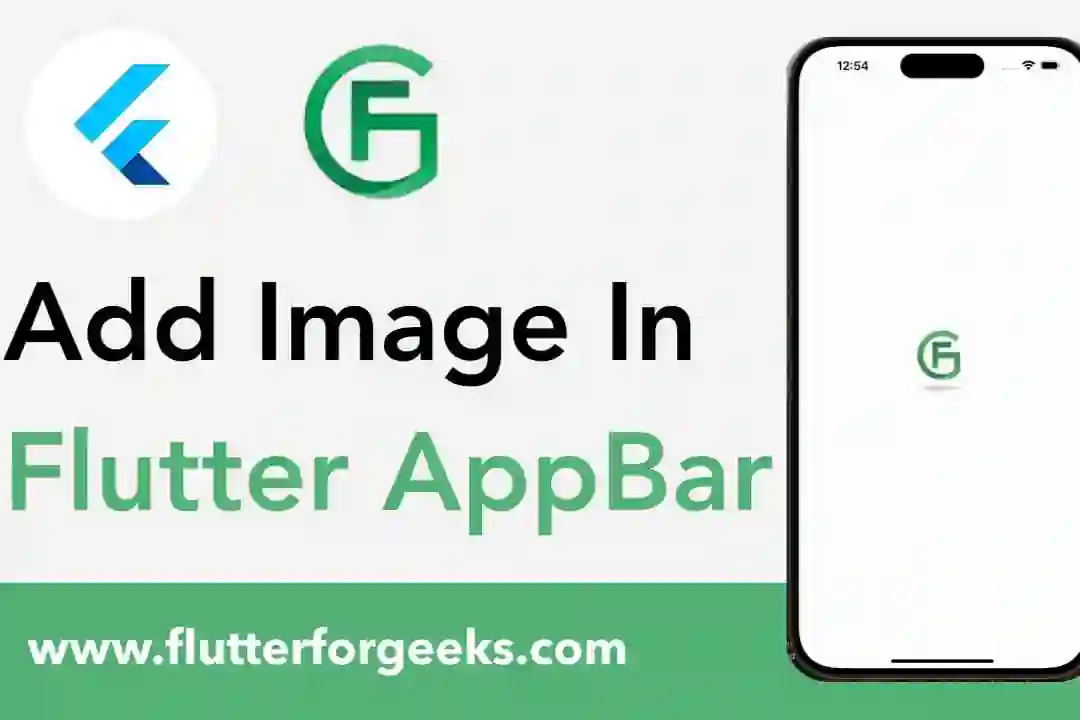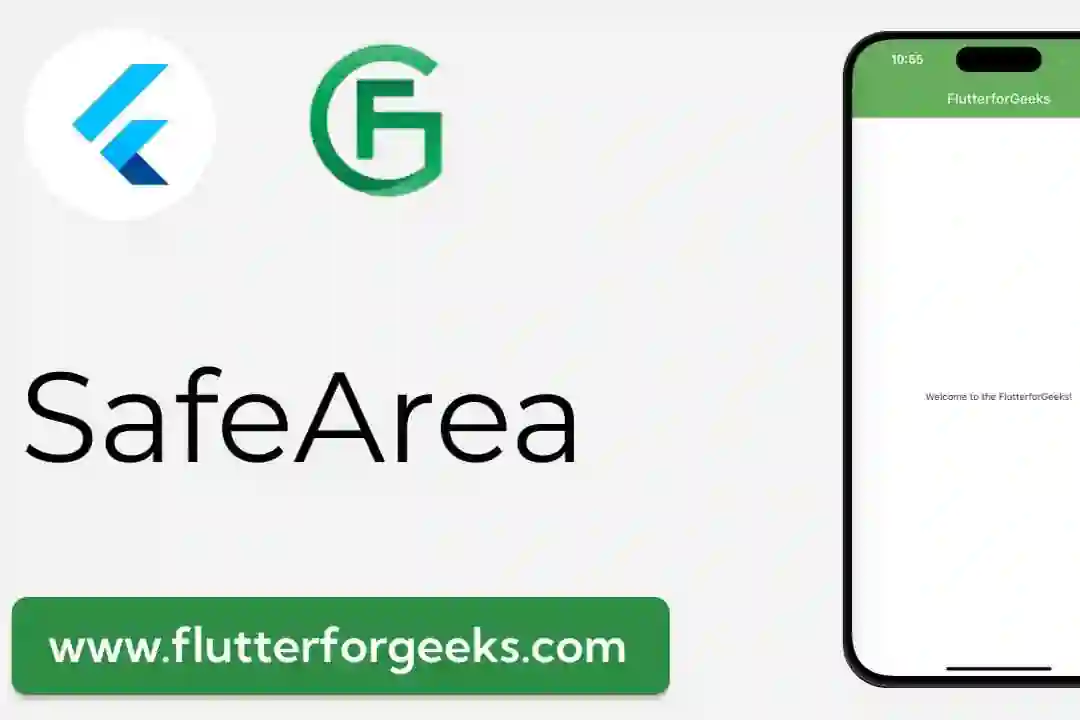Introduction:
In Flutter app development, scrolling is a fundamental aspect of creating dynamic and interactive user interfaces. The SingleChildScrollView widget offers a powerful tool for implementing scrolling functionality in Flutter apps, allowing developers to create layouts with content that exceeds the screen size and enable users to navigate through the content effortlessly. In this blog post, we'll explore the capabilities of the SingleChildScrollView widget, discuss its key features, and provide practical examples to demonstrate how to use it effectively in your Flutter apps to create responsive and scrollable layouts.
Understanding the SingleChildScrollView Widget:
The SingleChildScrollView widget in Flutter provides a way to create a scrollable view with a single child widget. It allows developers to wrap a single child widget within a scrollable container, enabling users to scroll through the child widget's content vertically or horizontally. The SingleChildScrollView widget is commonly used to handle scenarios where the content of a widget exceeds the available screen space, such as long lists, forms, or text blocks.
Key Features and Benefits:
Vertical and Horizontal Scrolling: The SingleChildScrollView widget supports both vertical and horizontal scrolling, allowing developers to create scrollable views in either direction. This flexibility enables developers to accommodate different types of content layouts and user interaction patterns within their apps.
Flexible Content Layout: Developers can place any single child widget inside the SingleChildScrollView widget, including complex layouts composed of multiple nested widgets. This allows for the creation of highly customizable and dynamic content layouts that adapt to various screen sizes and orientations.
Dynamic Content Size: The SingleChildScrollView widget automatically adjusts its size based on the size of its child widget, ensuring that the scrollable area matches the size of the content. This dynamic resizing behavior enables developers to create responsive layouts that scale appropriately based on the content's dimensions.
Smooth Scrolling Experience: The SingleChildScrollView widget provides a smooth and seamless scrolling experience for users, with support for gestures like dragging and flinging to navigate through the content. This ensures that users can interact with the scrollable view intuitively and efficiently.
Practical Examples:
Let's explore some practical examples of how to use the SingleChildScrollView widget in Flutter:
Vertical Scrollable List:
SingleChildScrollView(
child: Column(
children: List.generate(
50,
(index) => ListTile(
title: Text('Item $index'),
),
),
),
)
In this example, we use the SingleChildScrollView widget to create a vertical scrollable list of ListTile widgets. The Column widget contains a list of 50 list tiles, and the SingleChildScrollView enables vertical scrolling to navigate through the list.
Horizontal Scrollable Image Gallery:
SingleChildScrollView(
scrollDirection: Axis.horizontal,
child: Row(
children: List.generate(
10,
(index) => Container(
margin: EdgeInsets.all(8.0),
width: 200,
height: 200,
color: Colors.blue,
child: Center(
child: Text('Image $index'),
),
),
),
),
)
Here, we use the SingleChildScrollView widget with a horizontal scroll direction to create a scrollable row of image containers. Each container represents an image in the gallery, and users can horizontally scroll to view all images.
Conclusion:
The SingleChildScrollView widget in Flutter provides a versatile and powerful solution for implementing scrolling functionality in your app's user interface. By enabling vertical or horizontal scrolling of a single child widget, the SingleChildScrollView widget empowers developers to create dynamic and responsive layouts that accommodate varying content sizes and user interaction patterns. With its flexible content layout, dynamic resizing behavior, and smooth scrolling experience, the SingleChildScrollView widget offers a valuable tool for enhancing user experience and engagement in Flutter apps. With the practical examples provided in this blog post, you can easily incorporate the SingleChildScrollView widget into your Flutter projects and leverage its full potential to create compelling and interactive scrollable layouts.












